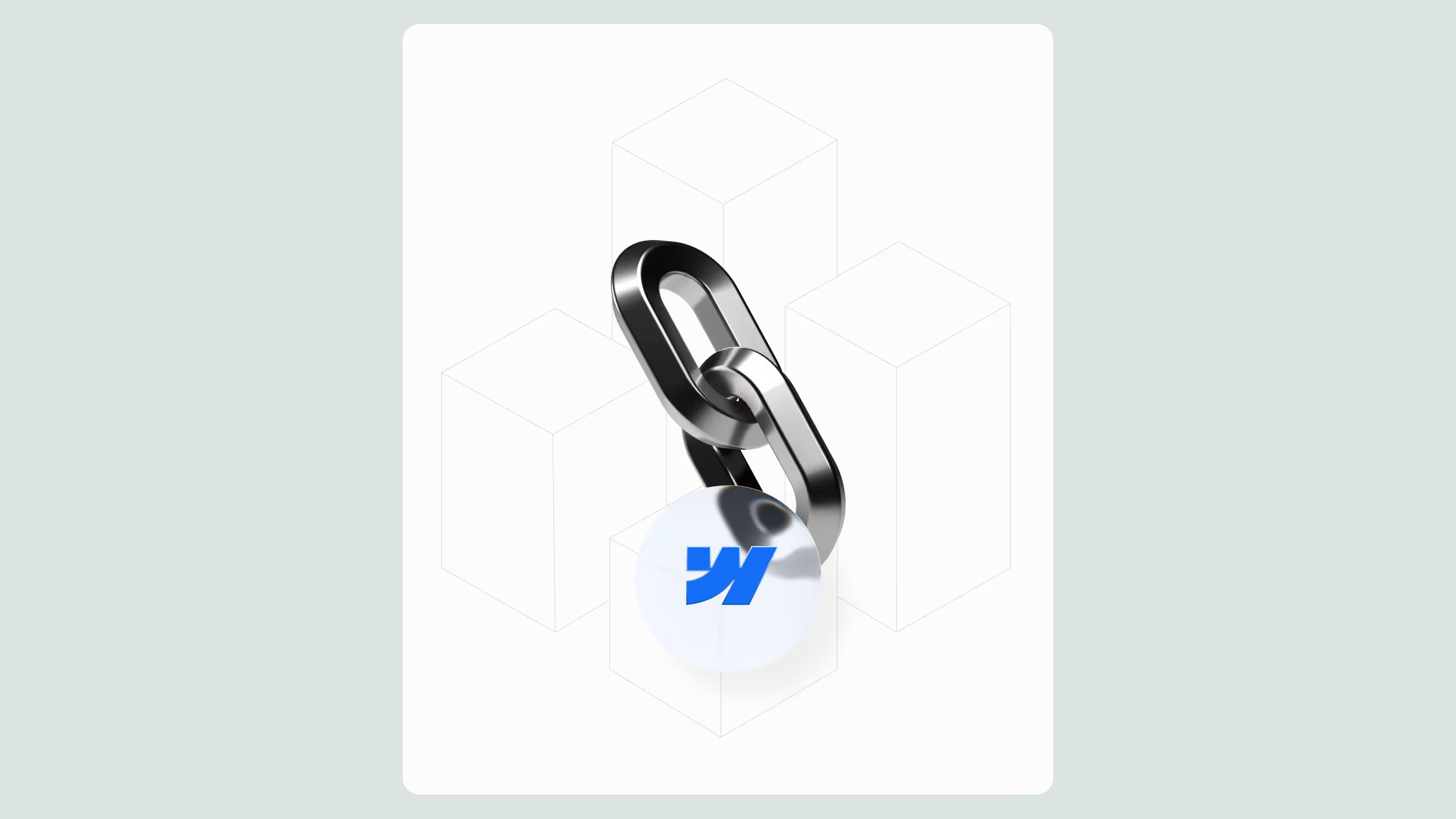Keyword Research in 2025: Advanced SEO Funnel Strategy

Modern search behavior is no longer driven by isolated keywords, which makes traditional keyword research too narrow to guide meaningful growth. The shift toward intent-first discovery across search engines and AI models demands a funnel-based approach that aligns topics with real decision stages. The strongest results come from combining behavioral data, entity relationships, and topic clustering to build pathways that guide users from exploration to conversion. Teams that structure research this way see more qualified traffic and higher intent signals over time. The opportunity now is to think less about lists of phrases and more about how people move through a journey.
In 2025, successful SEO isn’t just about picking high-volume terms, it’s about designing a seo funnel that mirrors your customer journey. As search evolves, intent matters more than ever: users move from awareness, through consideration, all the way to decision. If you align your keyword research with that funnel, you can capture high-intent organic traffic that actually converts.
Here’s a proven, modern method to perform keyword research using the SEO funnel framework, tailored for high-performing Webflow sites and enterprise-grade growth.
Why keyword research must follow the seo funnel in 2025
Search engine algorithms have grown smarter. With advances in AI, NLP, and semantic understanding, search engines now interpret user intent rather than just matching strings of words.
That means your keyword research has to become more strategic: not just targeting keywords, but mapping them to the stages of your buyer’s journey. A seo funnel view lets you align content with what people are genuinely thinking and needing at each phase, boosting relevance, engagement, and conversion.
For Webflow-based websites, this is especially powerful: with flexible CMS collections and dynamic content, you can tailor page architecture, internal linking, and content clusters in a way that directly supports each funnel layer.
A tested keyword research process aligned with the seo funnel
Here’s a step-by-step method that combines modern SEO thinking, AI-driven insight, and a funnel mindset
1. Define your funnel stages and personas
Start by outlining your customer journey (awareness, consideration, decision) and define personas: their pain points, questions, and buying behaviors. These personas form the basis for targeting the right queries.
2. Perform intent-focused keyword discovery
Use traditional and AI tools to surface conversational, long-tail queries and question-based keywords. In 2025, user queries have become more complex and context-rich.
- Leverage autocomplete tools, question research tools, and AI models to find hyper-specific phrases.
- Use comment boards, user forums, or feedback loops to discover low-volume but high-intent search terms.
3. Cluster keywords by semantic themes and funnel stage
Group your keyword ideas into topic clusters. Each cluster represents a semantic theme (for example, “onboarding automation,” “B2B site migration,” or “Webflow SEO integration”). Then, tag each cluster with a funnel stage: early-stage informational topics, mid-stage comparison phrases, and decision-stage transactional terms.
4. Prioritize based on conversion potential
Don’t just chase volume, evaluate each cluster by its potential to convert. Decision-stage clusters with buyer intent should often be weighted more heavily, as they map directly to revenue-driving pages.
5. Build content in Webflow CMS to support funnel structure
Use Webflow’s CMS to create content collections aligned with your clusters: blog posts for awareness, guides or resources for consideration, landing pages or product/service pages for decision. Proper internal linking ensures authority flows through the funnel and helps search engines understand your site structure.
6. Optimize for AEO (Answer Engine Optimization)
With generative search and AI answer engines (like ChatGPT, Gemini, and Google’s SGE), optimizing for natural language questions is critical. Use structured data (schema), FAQs, and conversational copy to make your content easily picked up by answer engines.
7. Monitor, test, and refine
Regularly review performance by funnel stage. Use analytics to see how different clusters are converting, and refine your strategy based on what drives engagement and revenue.
Why this funnel-aligned method delivers better ROI
- More relevant traffic: By targeting user intent, you attract visitors who are already thinking about your offer, not just browsing.
- Scalable content: Semantic clustering lets you build content that addresses entire themes, not just isolated keywords.
- Improved site architecture: A funnel-based CMS structure in Webflow improves user experience, increases engagement, and makes internal linking more meaningful.
- Future-proofing with AI: As AI and generative search evolve, AEO-friendly content ensures your pages remain visible in both traditional search and AI-driven answer engines.
Trends supporting this approach in 2025
- Semantic SEO continues to dominate as search engines interpret context and meaning, not just keyword frequency.
- Conversational and long-tail search queries are on the rise, driven by voice assistants and AI chatbots.
- Traditional SEO techniques like keyword stuffing or volume chasing are becoming less effective. The trend is toward topic clusters, entity-based SEO, and search intent prioritization.
Final thoughts
Keyword research in 2025 is no longer a volume game. By framing your strategy around a seo funnel, you create a roadmap that captures users where they are in their journey, from curiosity through decision. When you blend intent-based keyword discovery, semantic clustering, Webflow’s CMS flexibility, and answer-engine optimization, you build a high-performing content engine that drives not just traffic, but meaningful conversions.

.svg)
.svg)


.svg)




